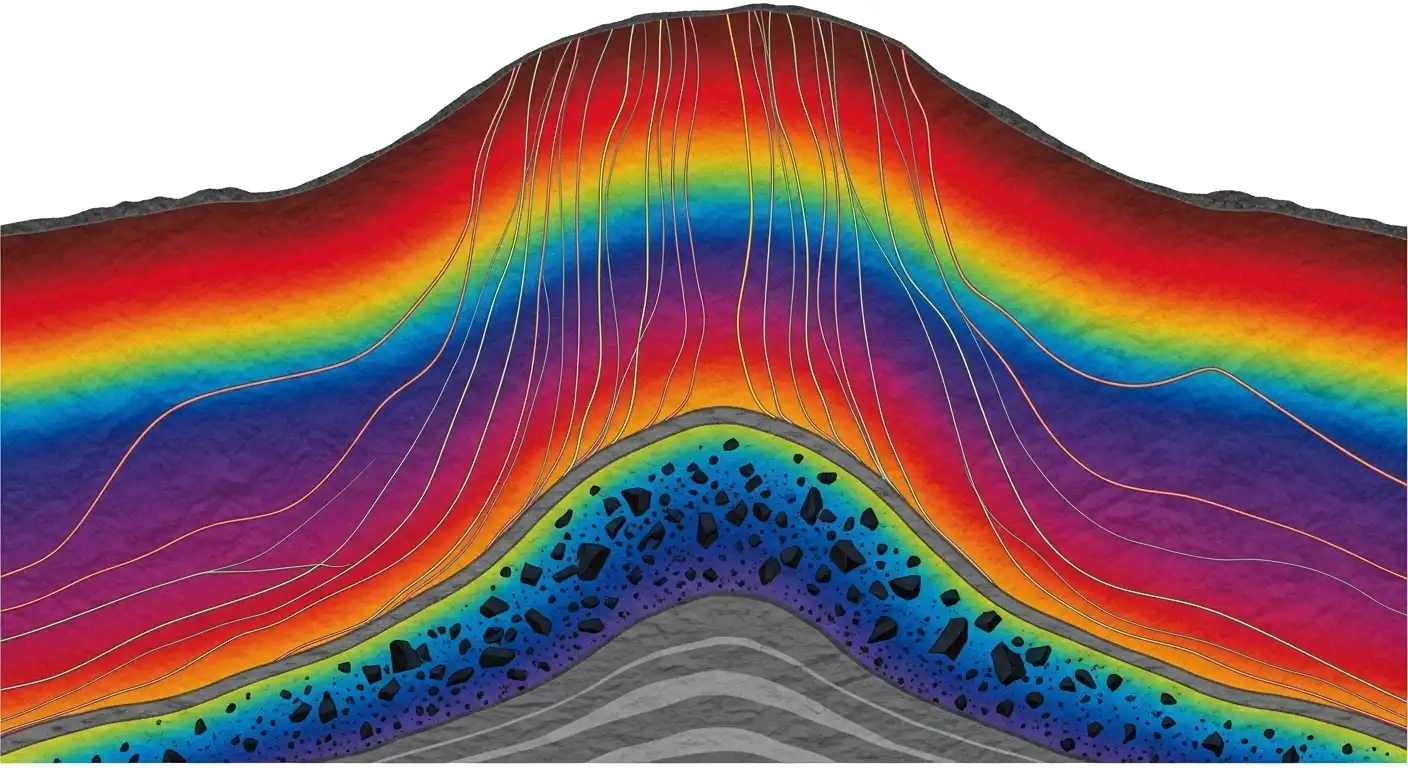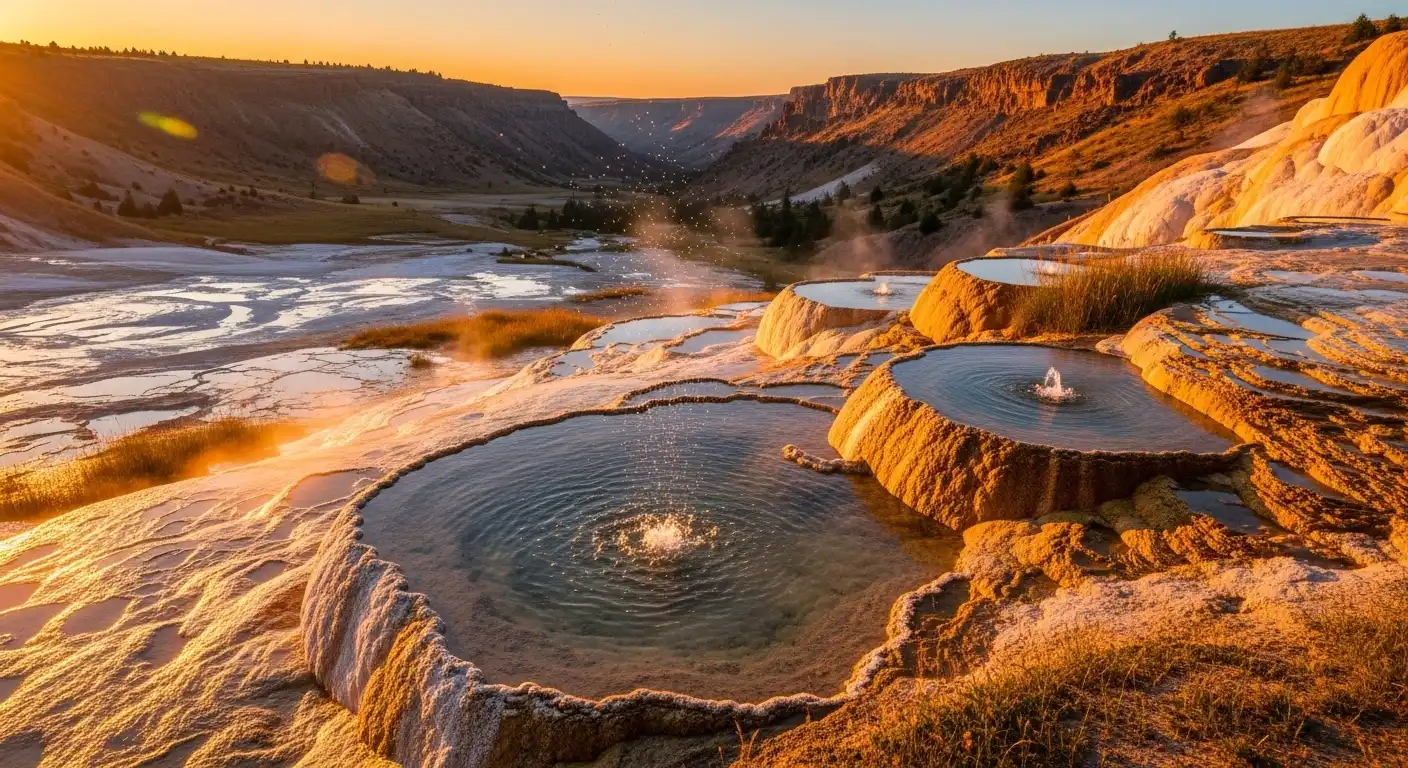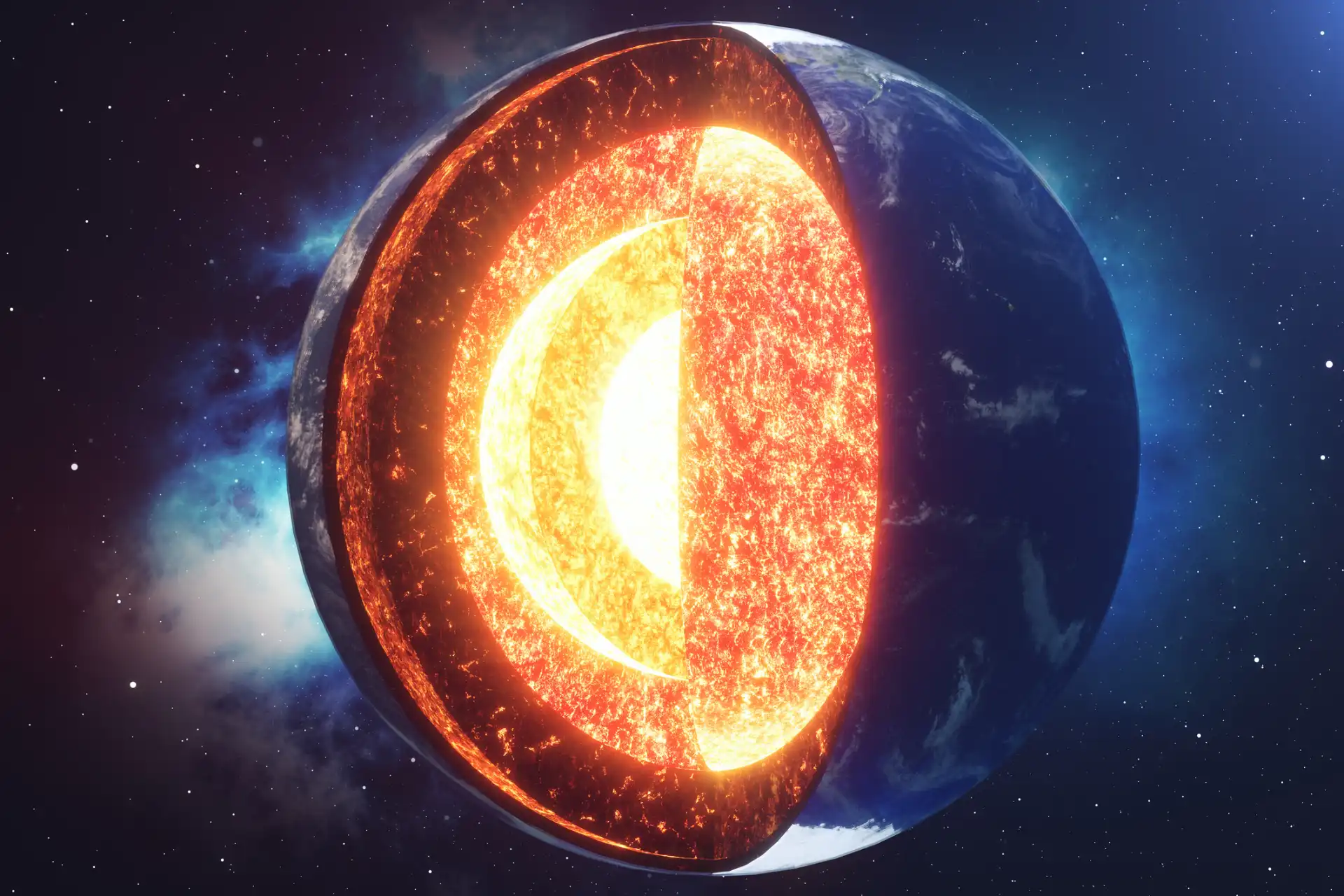Deep within Earth, far below the crust and upper mantle we know from geology textbooks, lies a chemical switch that decides the fate of carbon. Scientists have discovered that mantle redox conditions — essentially the balance of oxygen available — determine whether carbon subducted at plate boundaries comes back to the surface through volcanoes or remains trapped for millions of years. This subtle process influences not only Earth’s long-term carbon cycle but also continent formation and diamond genesis.
Why Mantle Redox MattersSubduction zones are the most powerful recycling systems on Earth. They pull oceanic crust, sediments, and carbonates deep into the mantle. But what happens to that carbon has been a long-standing question. Some of it comes back as carbon dioxide released by arc volcanoes, while the rest is stored in the deep Earth. Recent high-pressure laboratory experiments simulating depths of 250 to 660 kilometers reveal that mantle oxygen fugacity — the effective oxygen content — is the deciding factor.
When oxygen is more abundant (more oxidized conditions), carbon tends to form carbonatite melts, which are mobile and can rise back toward the surface. Under more reduced conditions, carbon becomes locked into phases like graphite, diamond, or iron carbides, effectively sequestering it in the deep mantle.
Subducted Carbon and the Growth of Continents
 Why does this matter beyond the deep carbon budget? Because the type of carbon-bearing material affects how the mantle interacts with the lithosphere — the rigid outer shell of Earth that forms the base of continents. Carbonatite melts generated in oxidized conditions can erode or refertilize the mantle lithosphere. Over time, this influences the stability, buoyancy, and even the growth of continental crust.
Why does this matter beyond the deep carbon budget? Because the type of carbon-bearing material affects how the mantle interacts with the lithosphere — the rigid outer shell of Earth that forms the base of continents. Carbonatite melts generated in oxidized conditions can erode or refertilize the mantle lithosphere. Over time, this influences the stability, buoyancy, and even the growth of continental crust.
In essence, mantle redox doesn’t just control whether carbon returns to the surface as gas. It also governs how continents evolve and persist. This adds a new layer to our understanding of the geochemical feedback loops that shape the planet’s architecture.
Diamonds: Redox as a Gatekeeper
The conditions that trap carbon also create opportunities for diamond formation. Under reduced environments, carbon is stable as diamond at high pressures. Kimberlite eruptions later bring these diamonds to the surface. This means that regions of the mantle with low oxygen fugacity act as diamond nurseries, holding onto carbon until tectonic events release it in spectacular fashion. Understanding redox gradients therefore also explains why certain parts of the world are rich in diamonds while others are not.
The Long-Term Carbon Budget
On geologic timescales, the balance between subducted carbon that is re-released and carbon that is stored has direct implications for the global climate. If mantle redox trends toward reduction, more carbon may remain trapped, potentially lowering volcanic CO₂ fluxes. Conversely, more oxidized mantle conditions may enhance surface degassing, increasing the flow of greenhouse gases to the atmosphere.
This delicate balance is at the heart of the deep carbon cycle, the system that regulates Earth’s long-term climate stability.
Connections to Surface Processes
 We often think of carbon flux in terms of volcanoes, but mantle redox shifts that perspective. By deciding how much carbon returns via arcs, it indirectly determines how much carbon bypasses these systems and escapes through other routes. For instance, recent studies have documented carbon leaks from continental rifting zones that are not tied directly to volcanoes. Such findings underscore the complexity of Earth’s carbon “plumbing.”
We often think of carbon flux in terms of volcanoes, but mantle redox shifts that perspective. By deciding how much carbon returns via arcs, it indirectly determines how much carbon bypasses these systems and escapes through other routes. For instance, recent studies have documented carbon leaks from continental rifting zones that are not tied directly to volcanoes. Such findings underscore the complexity of Earth’s carbon “plumbing.”
Meanwhile, improvements in CO₂ monitoring at volcanoes are helping scientists observe when redox-controlled carbon pathways ultimately deliver gas to the atmosphere. Together, these lines of evidence link deep processes to surface hazards and long-term climate impacts.
Looking Ahead
The discovery of redox as a controlling switch in the fate of subducted carbon opens new research directions. How variable are oxygen fugacity conditions across different subduction zones? Do changes in Earth’s tectonic style over geologic time influence the balance between oxidized and reduced mantle? Could shifts in redox states help explain mass extinctions or long-term climate changes in the geological record?
Answering these questions will require continued experiments at extreme pressures and temperatures, improved geochemical modeling, and deeper integration between field volcanology, petrology, and mantle geophysics.
Key Takeaways
- Mantle redox conditions determine whether subducted carbon becomes mobile carbonatite melts or remains stored in reduced phases.
- This process influences continent growth, mantle refertilization, and the formation of diamonds.
- Redox control on carbon fate has major implications for the deep carbon cycle and Earth’s long-term CO₂ balance.
- Surface monitoring of CO₂ fluxes provides a crucial link to observing these deep processes in action.



